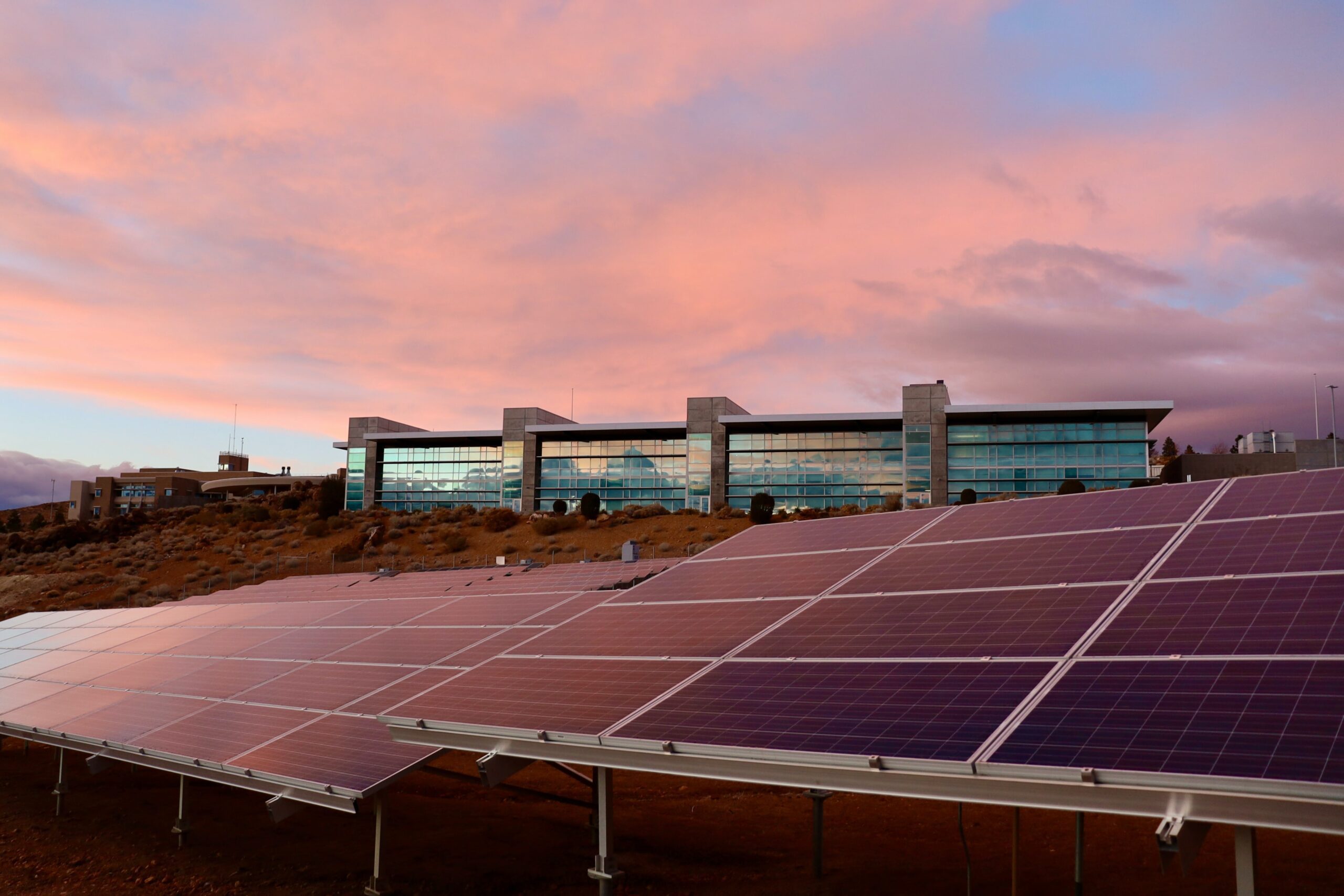Government programs designed to provide wider access to renewable energy sources are becoming more commonplace across the United States, as the country looks to lower its carbon footprint and reverse the effects of climate change. In Maine, one such program has provided an added bonus: job and economic growth.
The program is Net Energy Billing (NEB), which lets non-residential utility customers offset their electric bills when they use the output from renewable energy generators, regardless of whether the generators are located on or off-site. The aim is to encourage the use of small-scale renewable generation facilities and make customers less dependent on other energy sources. The NEB program, established in 2019, was expanded last year to help more municipalities and businesses cut electricity costs.
As NEB has grown, so has its impact on Maine’s economy. According to The Portland Press Herald, as of mid-March the NEB program had already stimulated about $60 million in economic activity, and supported an estimated 549 job years. A job year represents one year of full-time work for one individual.
Those numbers were taken from a study by Daymark Energy Advisors, a Massachusetts consultant hired by the Coalition for Community Solar Access. The study found that economic activity tied to Maine’s NEB program could eventually reach $782 million – and support roughly 7,000 job-years if all of the projects currently in the development pipeline are built.
Net Energy Billing works like this: each month, utilities in Maine provide participating customers with credits on their electricity bills. The credit value is equal to the amount of kilowatt-hours produced by the generator, multiplied by the Net Energy Tariff Rate set by the Maine Public Utilities Commission each January.
One key advantage of the program is that multiple groups can simultaneously share the benefits from one solar array without having to physically connect to the array or invest in its development. As the shared community solar project generates energy, the power it generates enters the grid and is recorded by the local utility. After that, the utility allocates the financial benefits from the electricity production to each utility bill in the form of a line-item credit.
Energy consulting firm Titan Energy uses the following example to demonstrate how customers can save money: Suppose you receive $10,000 worth of credits on your utility bill during a given month, and you’ve agreed to buy those credits at a 15 percent discount to their value. In this case, your net benefit for the month is $1,500.
New legislation passed last summer by Maine lawmakers – called the “Act to Promote Solar Energy Projects and Distributed Generation Resources in Maine” – made significant additions to the state’s NEB program. Among other things, the legislation modernized net metering by eliminating a 10-meter cap on community solar projects. Other changes include the following:
- The size of eligible NEB facilities was limited to 660 kilowatts (KW), while utility customers can now participate in facilities up to 5 megawatts (MW) in size
- Maine will target 375 MW of renewable energy by July 1, 2024, and set aside 125 MW for commercial and institutional customers
On a broader scale, the Daymark study found that solar output has already begun displacing gas-fired power plant generation on New England’s electric grid. Operating projects are reducing carbon dioxide emissions by an estimated 34,000 tons a year, the study said. That number could grow to 600,00 tons if all of the planned projects are built.





